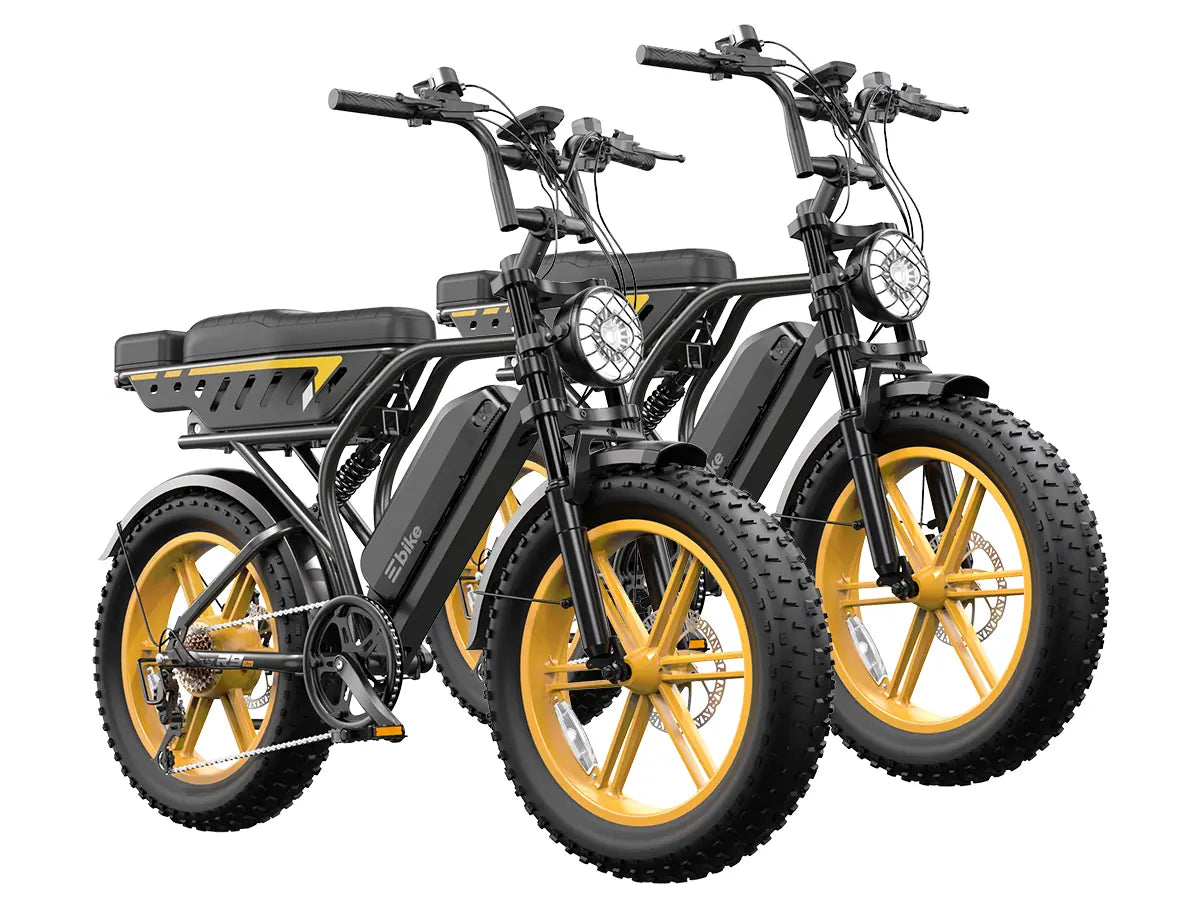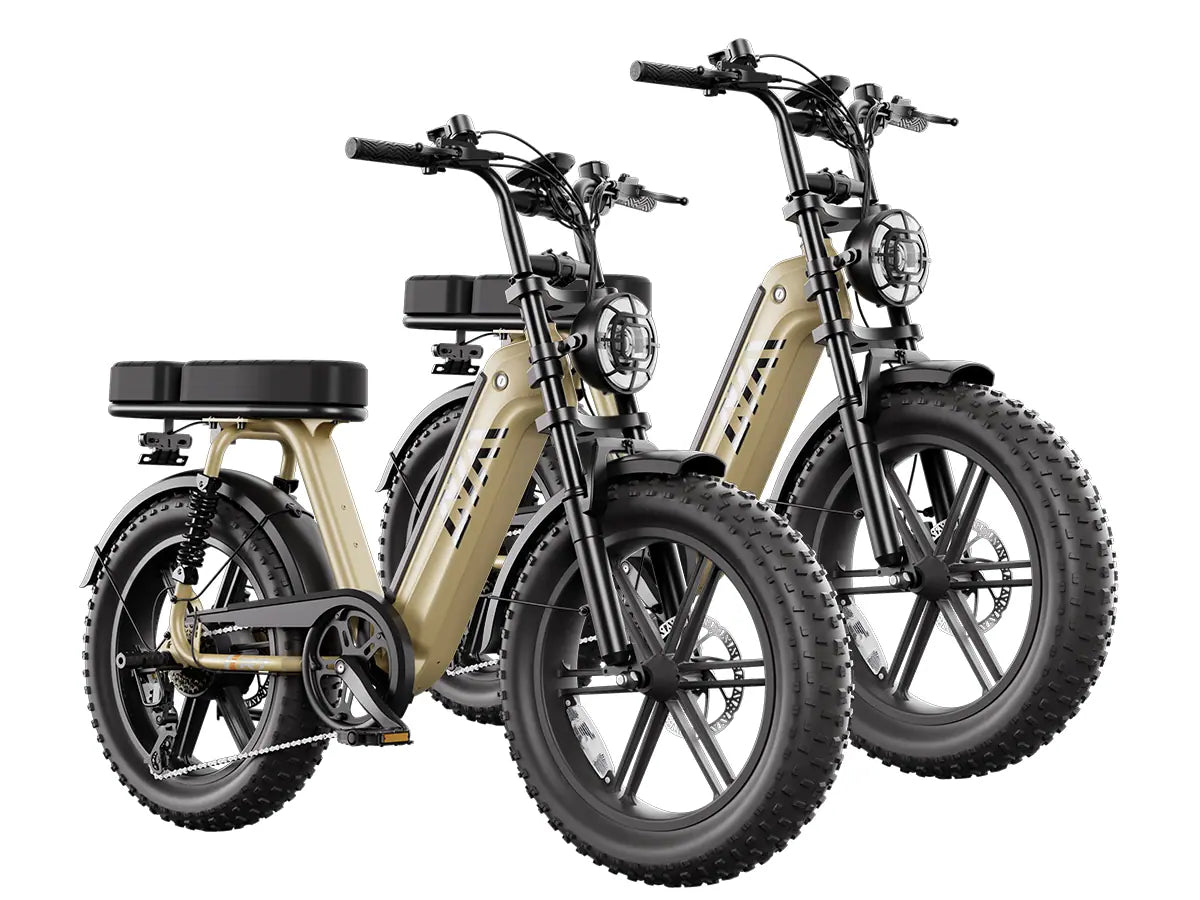Electric bike classes are categories that define how an e-bike functions based on motor assistance and top speed. Class 1 offers pedal-assist only up to 20 mph. Class 2 adds a throttle but maintains the same speed cap. Class 3 increases pedal-assist to 28 mph. Each class affects legality, trail access, and safety requirements.
What Defines Electric Bike Classes?
Electric bike classes categorize bikes by motor behavior and speed. Class 1 uses pedal-assist up to 20 mph without a throttle. Class 2 includes both pedal-assist and a throttle, still topping at 20 mph. Class 3 features pedal-assist up to 28 mph and may or may not include throttle depending on local laws. All classes are capped at 750W motor output.
How Many Classes Are There and What Are Their Limits?
There are three recognized electric bike classes, each with clear parameters:
Chart: Electric Bike Class Comparison
| Class | Assist Type | Max Speed | Throttle | Motor Limit |
|---|---|---|---|---|
| Class 1 | Pedal-assist only | 20 mph | No | 750W |
| Class 2 | Pedal-assist + throttle | 20 mph | Yes | 750W |
| Class 3 | Pedal-assist only | 28 mph | Sometimes | 750W |
These limits define ride behavior, legal status, and whether you’ll need special equipment.
What Are the Key Differences Between Each Class?
Class 1 is the simplest—pedal-assist only with a 20 mph limit, great for trails. Class 2 adds throttle for power without pedaling. Class 3 reaches 28 mph but is often restricted on bike paths and may require extra safety gear. Speed, throttle presence, and where you can ride are the primary differentiators.
How Do Classes Affect Where You Can Ride?
Class 1 and 2 e-bikes are generally permitted on public bike paths, greenways, and multi-use trails. Class 3 bikes, due to their higher speed, are usually limited to roads or protected bike lanes. Always check local laws, as rules vary across states and municipalities. Class also influences helmet and age requirements.
Why Do Electric Bike Classes Matter?
Understanding electric bike classes ensures legal, safe, and efficient riding. The classification dictates how fast you can ride, whether you can use a throttle, and where you're allowed to go. It also impacts insurance, liability, and registration in some regions. Proper class selection improves rider confidence and community acceptance.
How Can You Choose the Right Class for You?
If you ride recreationally on shared-use paths, Class 1 is ideal. If you need an easy commute or mobility assistance, Class 2’s throttle is helpful. For speed-focused road commuting, Class 3 is optimal. Consider your terrain, legal restrictions, and whether you want a throttle or prefer pedal-only engagement.
Chart: Best Class Based on Usage
| Purpose | Recommended Class |
|---|---|
| Trail Riding | Class 1 |
| Casual Commuting | Class 2 |
| Fast Commuting | Class 3 |
TST EBike’s lineup supports all three classes with their rugged 26-inch models for tough terrain and 27-inch frames built for efficient city commuting.
Buying Tips
When selecting from the electric bike classes, focus on speed limit, throttle availability, and local regulations. Class 1 and 2 bikes are trail-friendly and great for beginners. Class 3 is better for experienced urban riders. Always verify the motor wattage (≤750W) and confirm that it aligns with your state’s e-bike laws. TST EBike delivers both comfort and power in Class 1–3 options through their highly durable and affordable models.
TST EBike Expert Views
“E-bike class knowledge is crucial. Riders often overlook how much these categories affect ride freedom and safety,” shares a TST EBike specialist. “Our 26-inch models serve adventurers, while our 27-inch commuter bikes align with every major electric bike class. We design every TST EBike to meet rigorous standards and rider expectations.”
FAQ
What is the difference between Class 2 and Class 3 electric bikes?
Class 2 includes a throttle and caps at 20 mph. Class 3 allows pedal-assist up to 28 mph, often with no throttle, and requires a speedometer.
Do I need a license to ride a Class 3 e-bike?
No license is needed in most states, but you may need to be 16+ and wear a helmet.
Can I upgrade a Class 1 e-bike to Class 3?
It depends on the bike’s motor and control system. Some models allow speed unlocking, but it may void warranties or violate local laws.
Are Class 3 e-bikes street legal?
Yes, Class 3 e-bikes are allowed on roads and in most bike lanes but are often banned on shared-use trails and sidewalks.




























Leave a comment
This site is protected by hCaptcha and the hCaptcha Privacy Policy and Terms of Service apply.